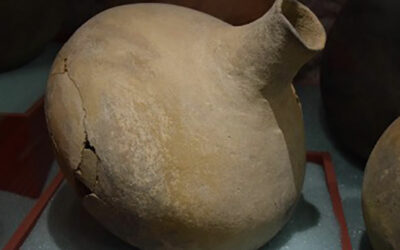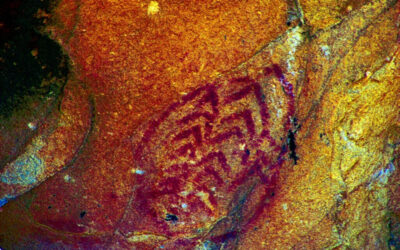DRI archaeologist Greg Haynes recently completed a synthetic report on the prehistoric ceramic artifacts of the Colorado and Mojave deserts.
DRI Archaeologists to document ancient rock art at Fort Hunter Liggett
A group of Desert Research Institute (DRI) archaeologists will document ancient rock art at Fort Hunter Liggett using high resolution photography.

